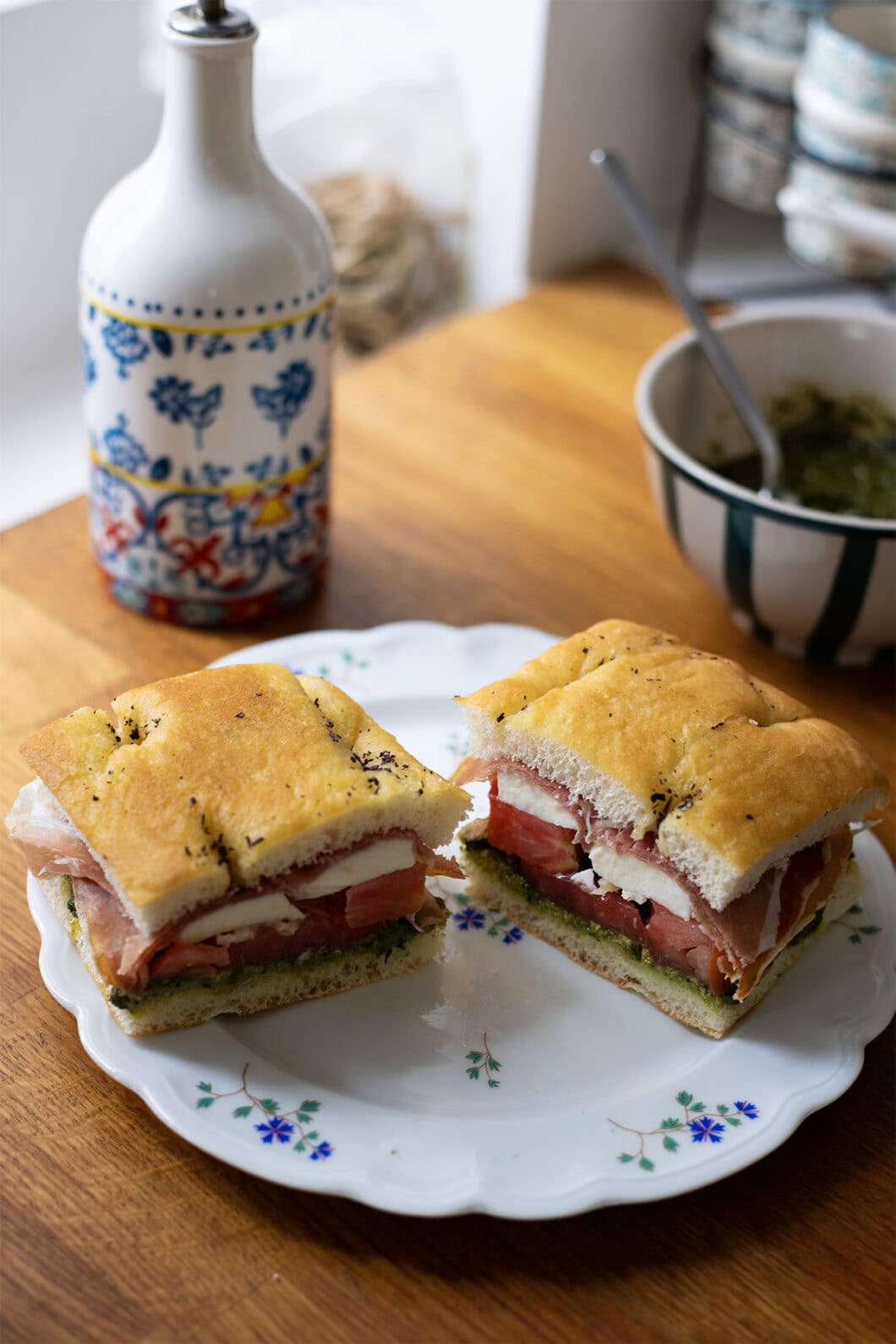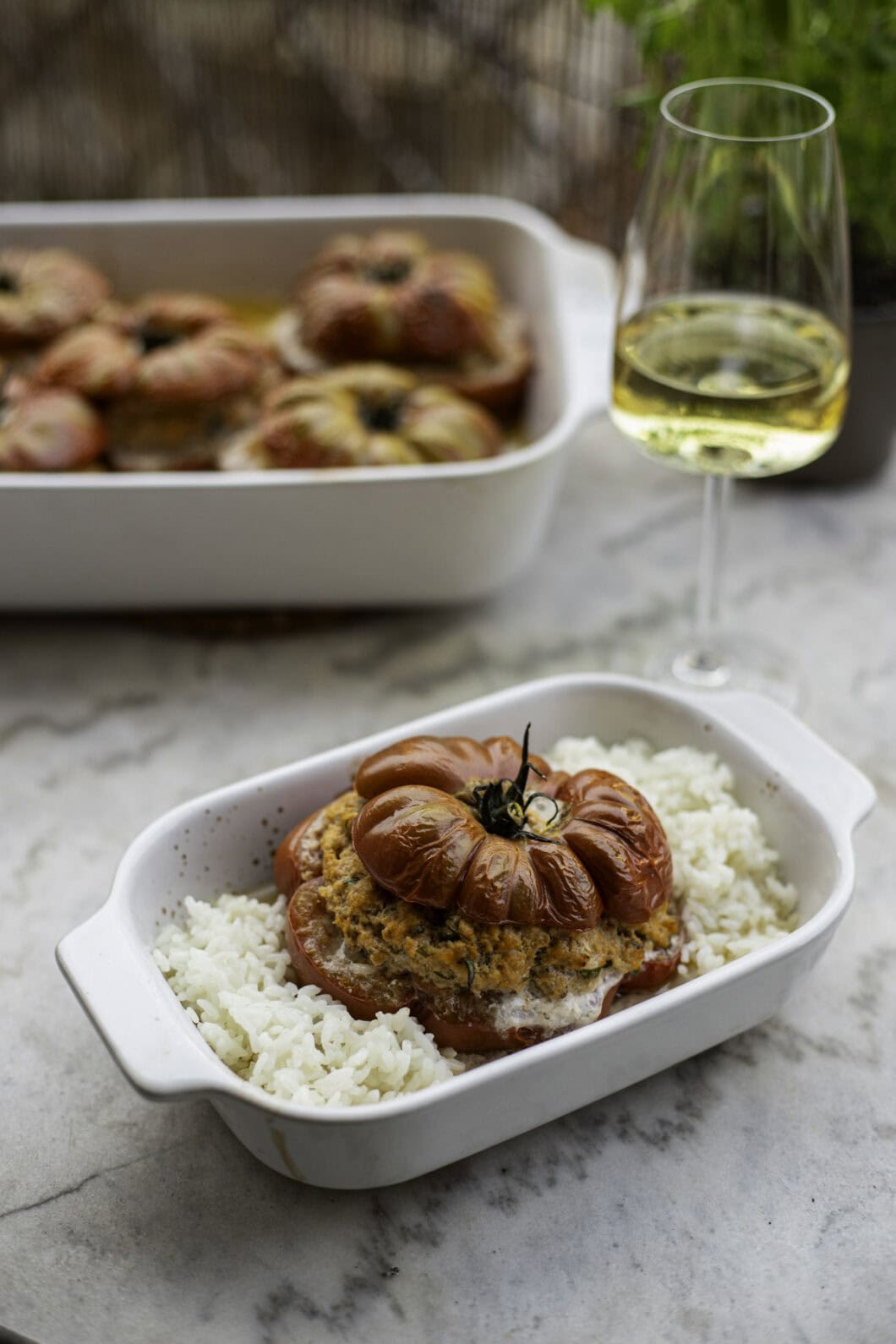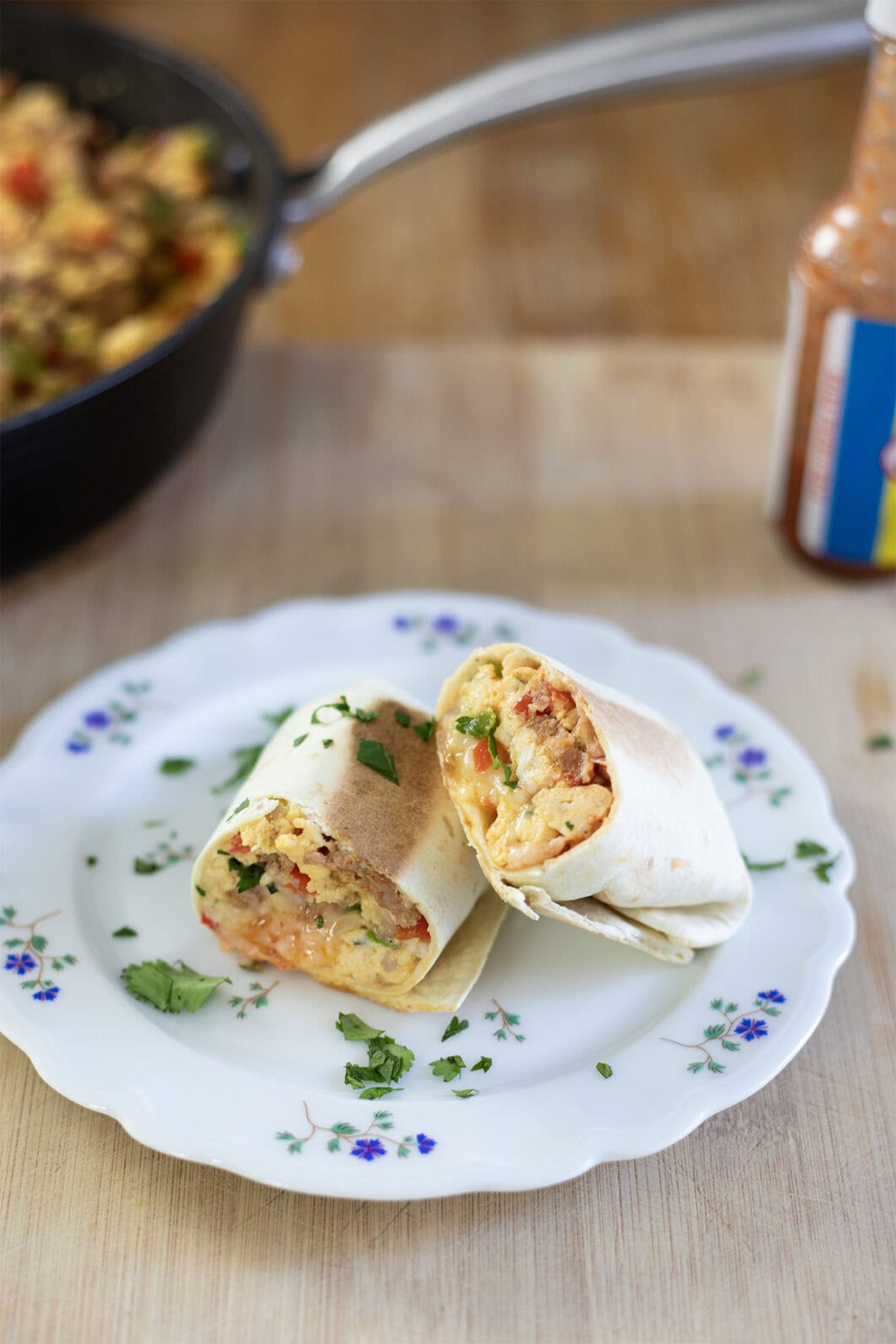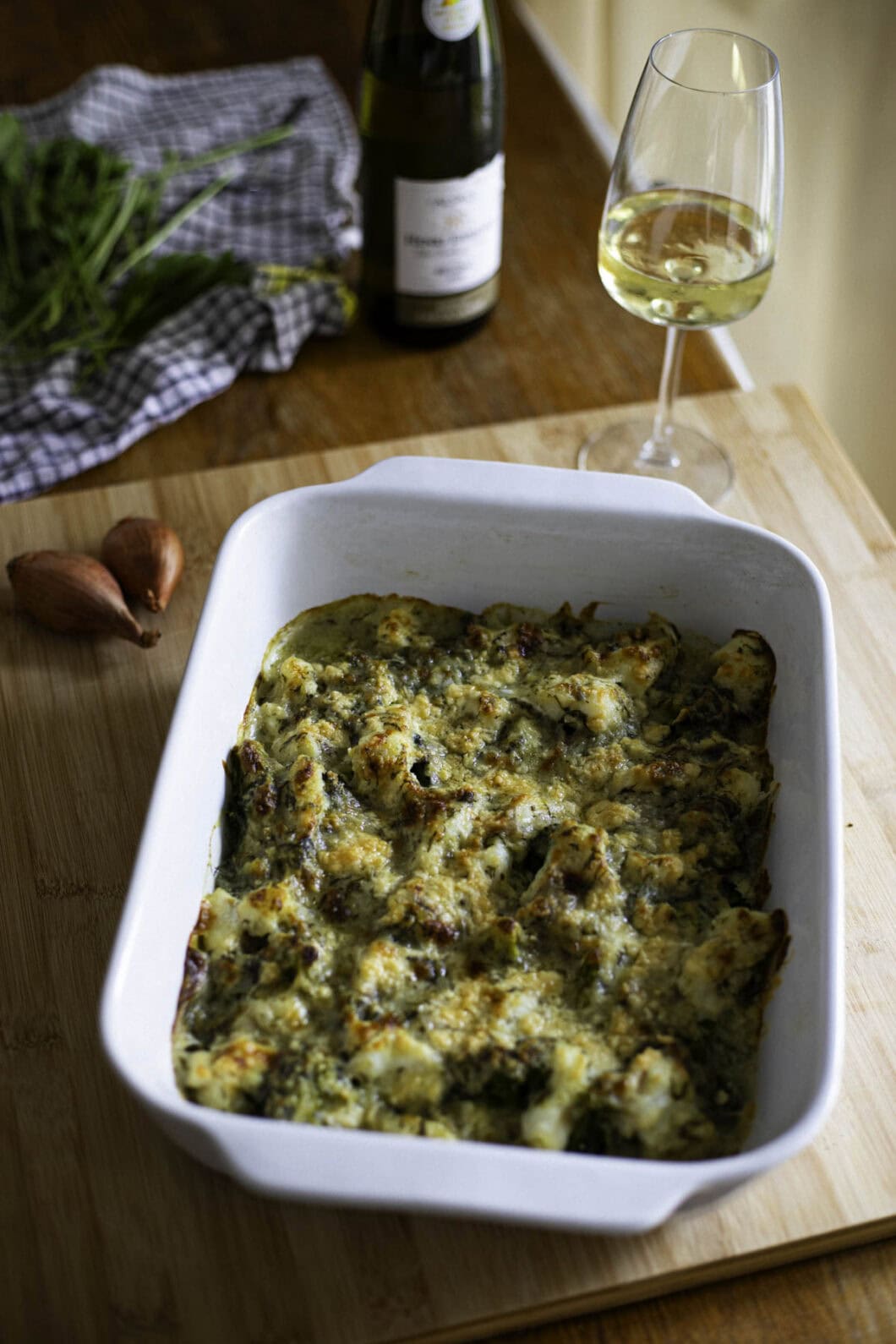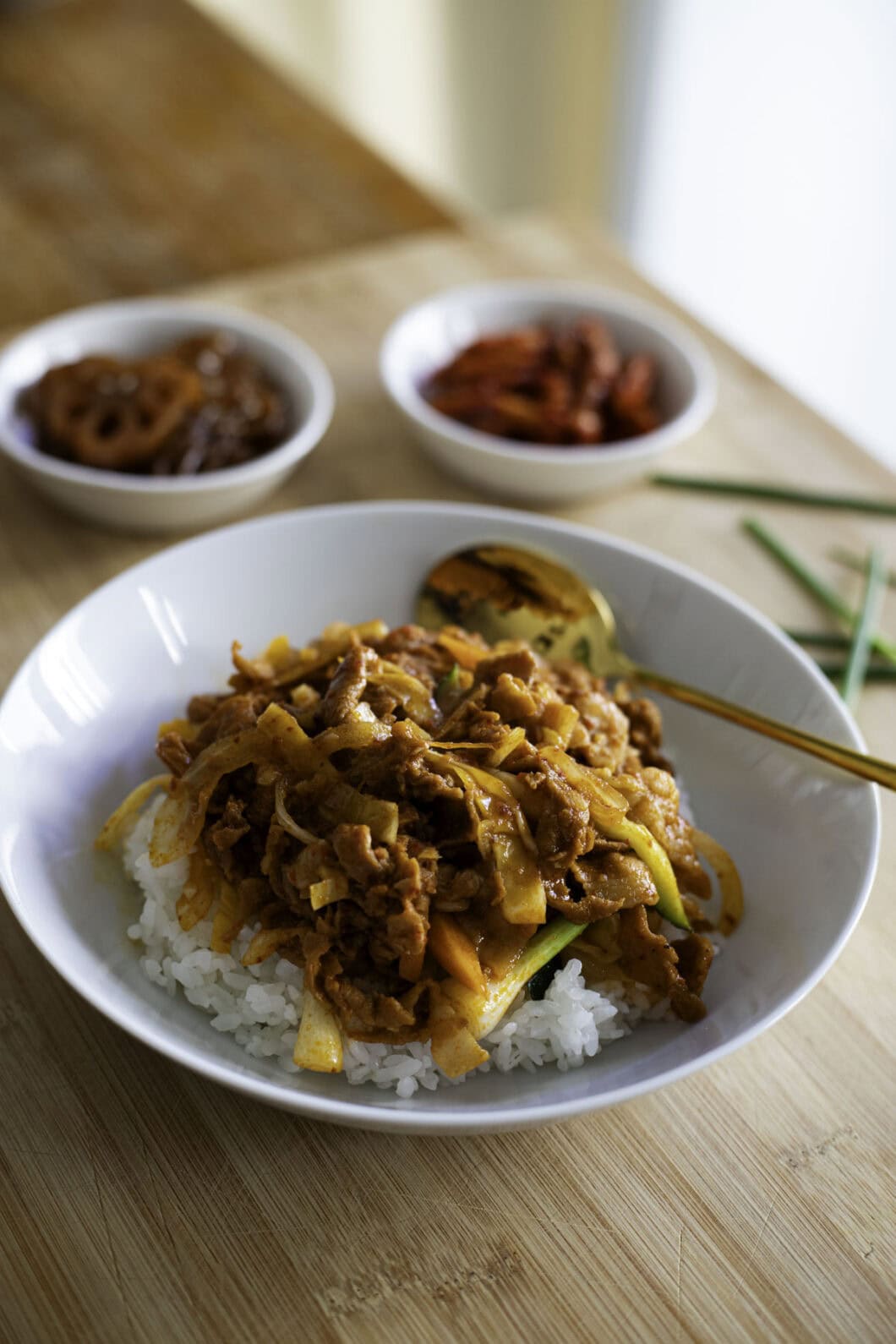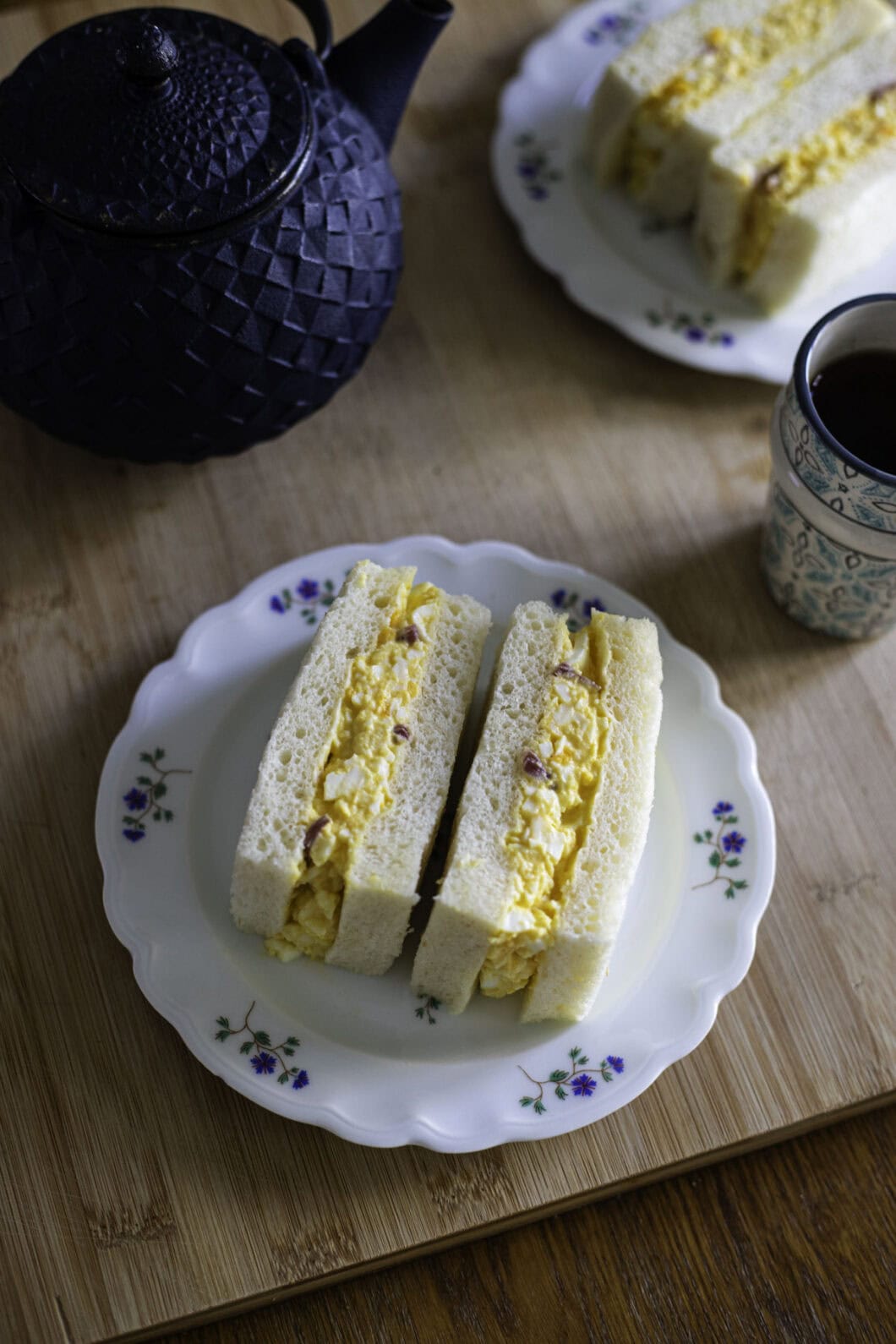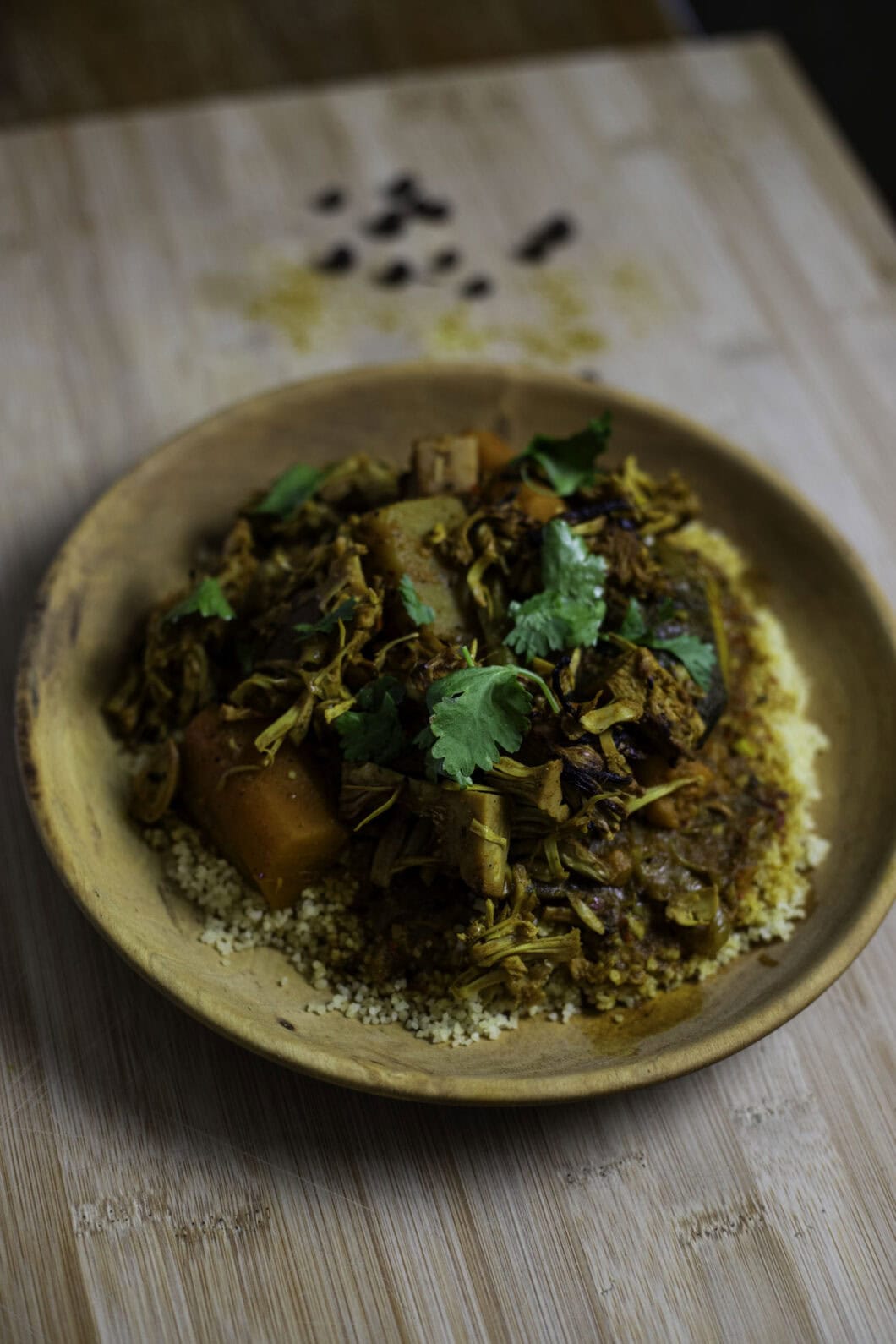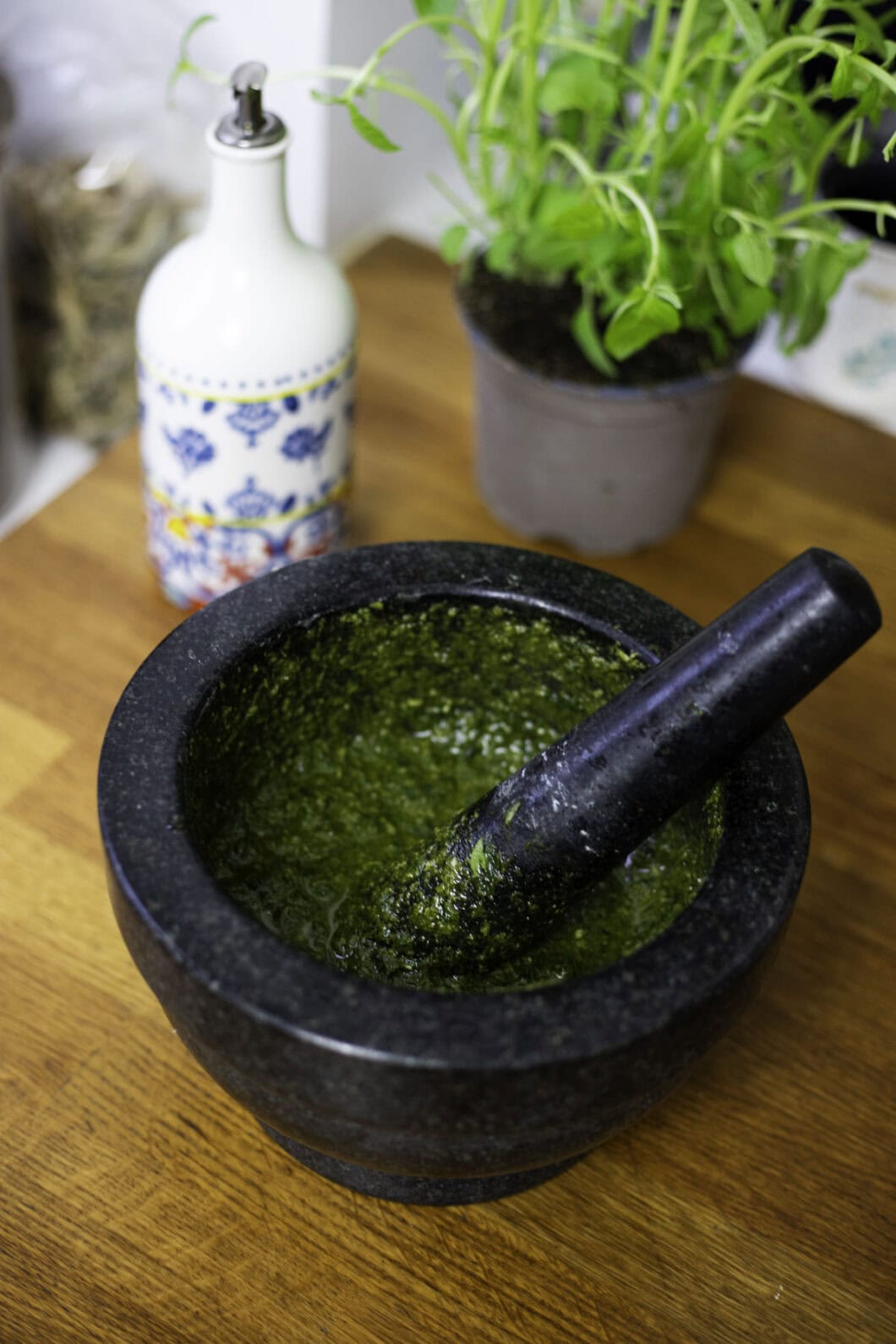Less is more. This statement could be what describes best the Italian cooking philosophy ; or maybe even what describes good cooking, being one of the mottos of a great many number of Michelin-starred chefs -hello, Dominique Crenn, Alain Passard, Daniel Humm, etc.
If you focus on each ingredient, both in terms of quality and how they enhance one another, you don’t need many to make a dish shine.
Here, I’m giving you an almost-no-recipe dish ; pesto sandwiches. You need 4 main ingredients :
- a good bread : here, I had frozen Focaccia on hand, but choose your freshest, locally baked bread ;
- a tasty pesto, ideally homemade (check out my pesto recipe) or at least from the refrigerated section ;
- in-season, quality tomatoes, such as Beef Heart tomatoes, Crimean Black tomatoes, or Green Zebra tomatoes ;
- some decent Mozarella. If buying from the supermarket, you can choose Mozzarella di Bufala, made out of buffalo milk instead of cow’s milk for the Mozzarella Fior di Latte ; its texture is creamy and soft, more delicate than the Fior di Latte which is on the firmer side ;
- optionally, add some aged Provolone or any other aged, dry Italian cheese (maybe simply Pecorino or Parmigiano). When you’re making the Veggie Version in particular, it adds a sharp and tangy flavor that creates some depth of flavour without using charcuterie ;
- optionally, too, add some Parma ham slices from your local Italian deli ! I think I personally prefer the veggie version (yes, it came as a surprise), as the taste is more legible and less oily.
Don’t forget to season your tomatoes with salt (and pepper if you please !) and to drizzle them with a good olive oil !
I’m really embarassed to call this a recipe because there’s not much not it. Once you know the ingredients, you simply assemble them. That’s it.
Let’s dig into it !
If you’re into sandwiches like I am, check out my Tunisian-inspired tuna sandwich, or my Raclette sandwich, and many others here !


